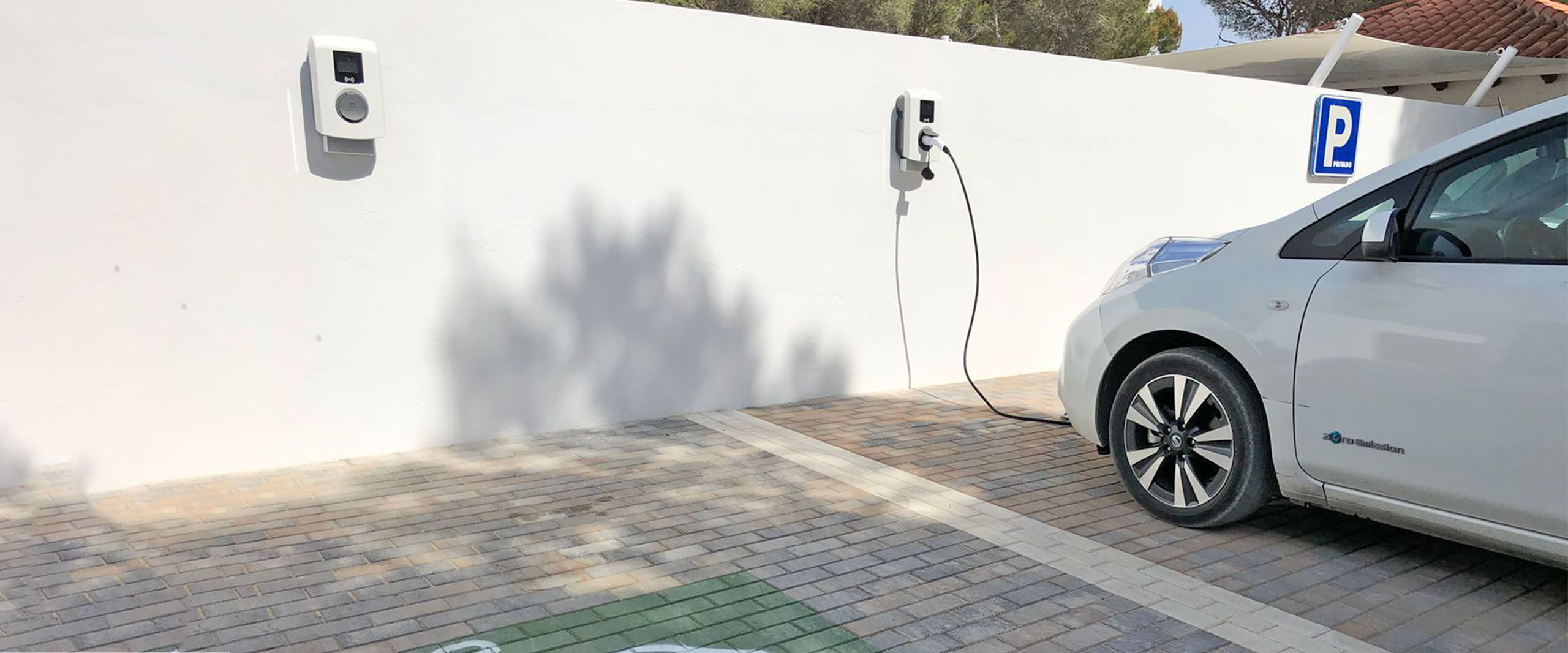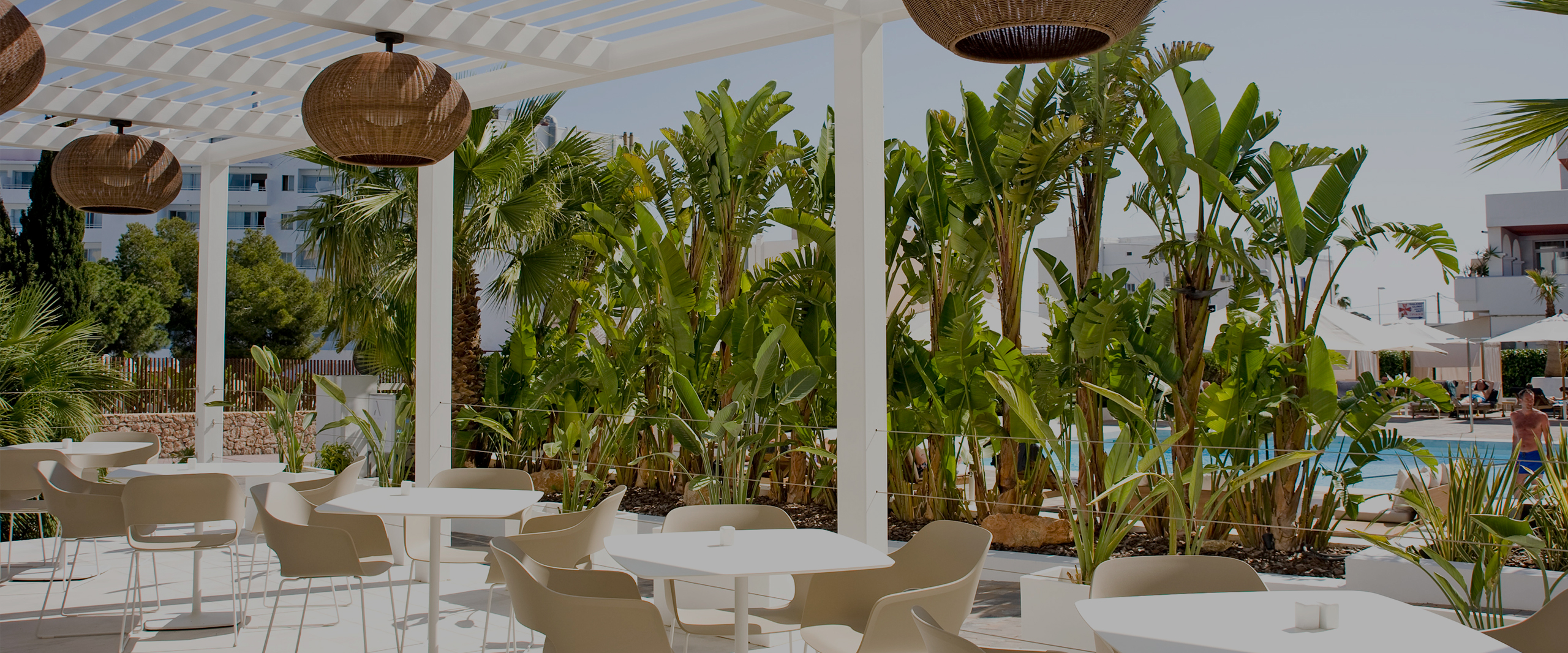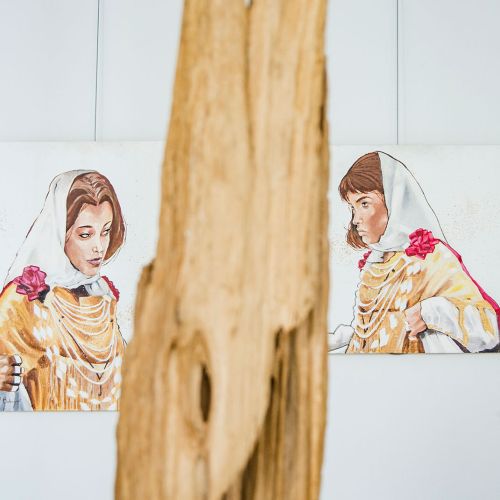







slide-10-descuento-en.jpeg

Yoga/pilates
Energising Yoga and Pilates classes
IN IBIZA

Masajes
Find the right massage for you
VIEW OFFERS

Parking
Enjoy our parking service
SUBJECT TO AVAILABILITY

Restaurant
Discover our restaurant
IN ES CANAR

Cocktails
Try our fabulous cocktails
ON OUR TERRACE

Fitness
Fitness & Wellness
TIME FOR YOU

Packs
Our special packs
FOR ALL OCASIONS

Why book with us?
Obtain exclusive benefits by booking on our website

Late check out until 2:00PM
Direct booking

Welcome Gift
Direct booking

ELECTRIC PARKING
Under availability

Best Price Guaranteed
Direct booking
Welcome to Anfora Ibiza
The keys to your home, the door to paradise
Half a century ago, Ibiza was a very different island to the one we know now. When we began to welcome travellers to our establishment in 1969 we wanted to share the treasures of our land, our way of seeing life, our people. And now, 50 years later, we continue to welcome you as we did back then: hoping it is the first of many visits. Because there is an Ibiza for every traveller and at Anfora we want to accompany you to discover yours.
Hotel Anfora has been completely renovated to offer you a stay that not only befits it standing, but also its history. Because our passion is and will be to collect moments with you. Because our gift is to prepare the best possible stay for you. And because our reward is that the day you have to leave, you will do so planning your return...
At our hotel in Es Canar, the municipality of Santa Eulària des Riu, we take care of every detail so that when you are in your room you feel even better than at home. A pleasant, peaceful and comfortable refuge that opens the doors to the paradise of Ibiza for you. To ensure you enjoy it the way we feel it. To ensure you experience it the way we experience it. And so that, after visiting it, you will remember it your entire life.









